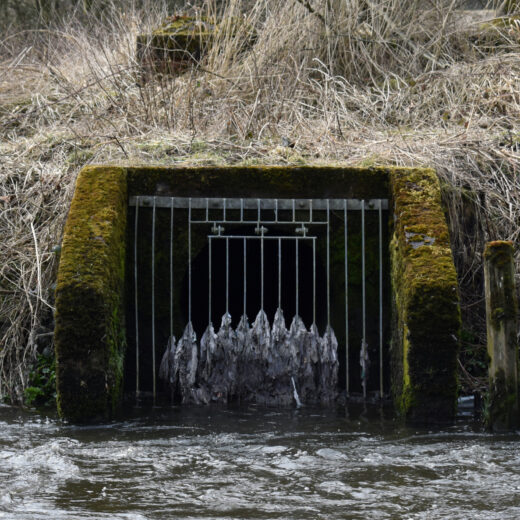
Press Release: Sewage Pollution — The crappiest map
The reality of sewage pollution in your local area.
04/04/22
The Rivers Trust has released its updated Sewage Map, plotting the location, frequency and duration of untreated sewage discharges into English and Welsh waterways in 2021. The map aims to help the public understand the local relevance of data released by the Environment Agency and Welsh Water last week.
This is the crappiest map - the map that no-one wants to see - but it is so important in understanding the national scale of our sewage pollution crisis. It is the only free-to-access source that helps the public see where raw sewage pollution is happening in a map format.
First published in 2019, the Sewage Map has been viewed nearly 260,000 times in the last year and was a key driving force behind the public pressure that led the government to address sewage pollution in the Environment Act. This latest version plots the 470,488 reported sewage discharges across England and Wales last year, which spilled for a total of 3.45 million hours. It comes with brand new features such as filtering by parliamentary constituency or water company area, and is presented in a new dashboard, supporting members of the public, key stakeholders, and interest groups to investigate the data.
Michelle Walker, Technical Director at The Rivers Trust, said: “We developed this map because we want people to be as informed as possible about the state of their rivers. It means the public can visualise where almost half a million sewage discharges across England and Wales are actually happening, and it helps them to make wise choices about where and when to spend time in and around the water. The recent increased public and political awareness of sewage pollution shows how powerful this knowledge sharing really is.”
Christine Colvin, Director for Communications & Partnerships at The Rivers Trust, said: “This map is an invaluable tool for anyone interested in river health, anyone who wants to mobilise local action to stop the routine pollution of our precious rivers. Last week we saw that the government’s plan to reduce discharges is nowhere near ambitious enough, so our information on taking action is especially vital.”
Gail Davies- Walsh, head of The Rivers Trust’s umbrella organisation in Wales, Afonydd Cymru, said: “We expect Welsh Government and Welsh Water to provide a commitment, like Defra, to eliminating CSOs which cause environmental harm. We therefore need to implement improved monitoring across Wales to evidence not only the impact of CSOs but all contributors who cause poor water quality. Action plans to deliver changes to the CSOs in Wales will be published in May 2022. As part of these, Afonydd Cymru have specifically requested a review of regulation of CSOs including a review of how CSO permits are written to ensure that they are unambiguous and enforceable.”

